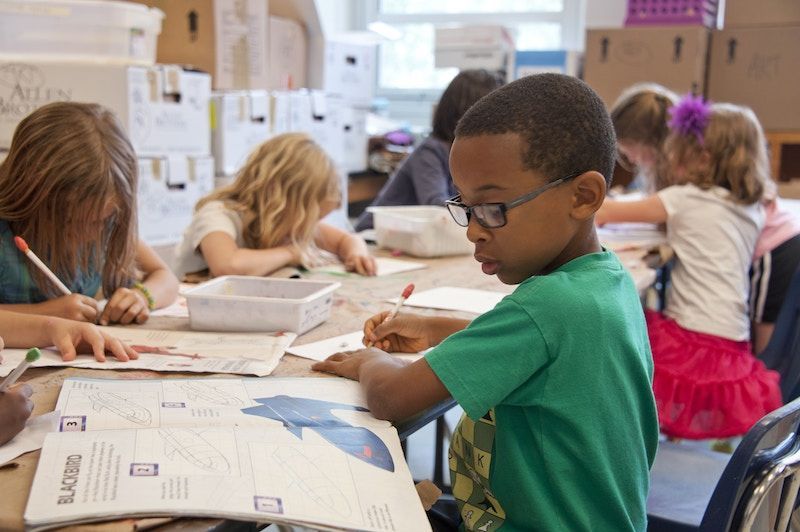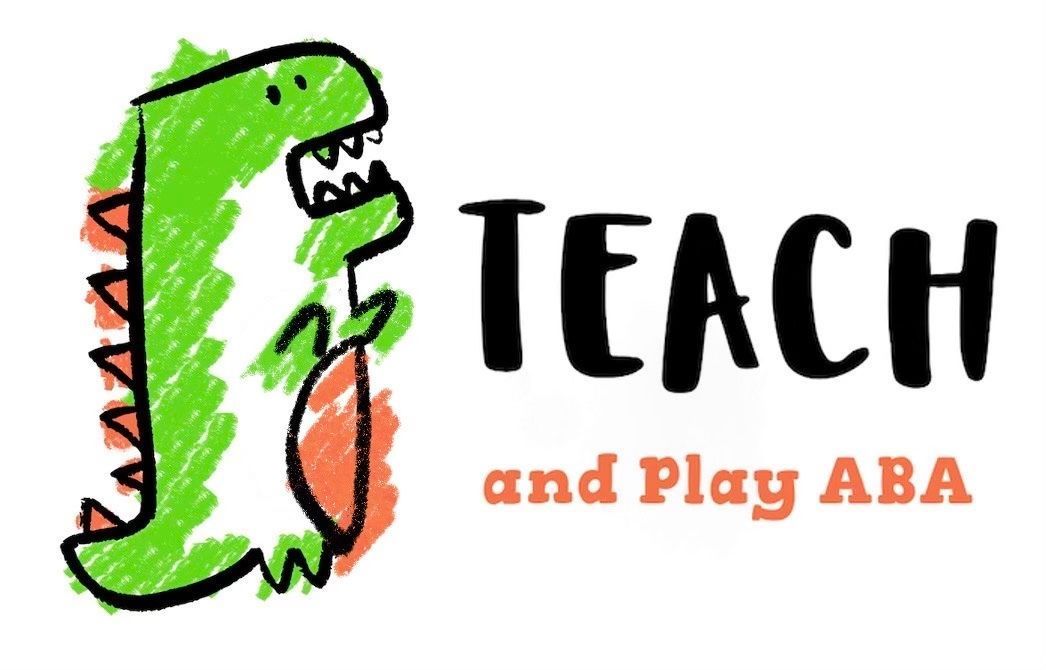How Applied Behavioral Therapy Can Help Children

Applied Behavioral Therapy (ABA) is a therapeutic approach that has gained widespread recognition for its effectiveness in improving and changing behaviors in individuals, especially children. Originally developed as a treatment for individuals with autism spectrum disorder (ASD), ABA has evolved to address various behavioral and developmental challenges that children may face.
Key Components of Applied Behavioral Therapy
You may be wondering how ABA therapy works. ABA therapy consists of:
A Behavior Analysis
ABA is firmly grounded in the principles of behavior analysis, which involves breaking down behavior into smaller, observable components.
An Individualized Assessment
Each ABA journey begins with a comprehensive assessment of the child’s unique strengths, weaknesses, and specific behavioral challenges.
Goal Setting
ABA sets clear, measurable, and achievable goals tailored to the child’s needs.
Data Collection
Crucial to the ABA process is the ongoing collection and analysis of data to monitor progress and make necessary adjustments to the intervention plan.
Behavior Modification Techniques
ABA utilizes various behavior modification techniques to teach new skills, increase desirable behaviors, and decrease undesirable behaviors. These techniques may include positive reinforcement, prompting, and prompt fading.
Generalization
ABA aims to help children generalize newly learned skills and behaviors across different settings, with various people, and in diverse situations. This skill transfer enhances adaptability.
Functional Behavior Assessment (FBA)
This assessment identifies the function or purpose of problem behaviors, helping develop effective interventions to address the root causes of challenging behaviors.
Ongoing Evaluation
ABA interventions are continually evaluated and adjusted based on the child’s progress and individual needs.
Benefits of Applied Behavioral Therapy for Children
The benefits of ABA therapy include:
- Improved communication skills: ABA helps children develop effective communication skills, which are essential for expressing needs, wants, and emotions.
- Enhanced social skills: ABA focuses on teaching children how to interact with peers and adults, promoting the development of social relationships.
- Reduced challenging behaviors: ABA is effective in addressing challenging behaviors like aggression or repetitive actions by providing strategies to manage and reduce these behaviors.
- Increased independence: Through behavior modification techniques, ABA empowers children to become more self-reliant and capable of performing daily tasks.
- Structured learning: ABA programs often provide structured schedules and activities that help children thrive in a well-organized environment.
- Tailored intervention: ABA begins with individualized assessments, ensuring that each child’s unique strengths and challenges are addressed in a customized way.
- Promotes generalization: ABA helps children generalize newly acquired skills and behaviors to different settings, enhancing their adaptability.
- Functional behavior assessment: By identifying the underlying causes of problem behaviors, ABA enables effective interventions to target the root issues.
- Ongoing progress evaluation: ABA interventions are continually evaluated and adjusted based on a child’s progress, ensuring long-lasting and meaningful behavior changes.
Learn More
Applied Behavioral Therapy offers a wealth of benefits to children facing various behavioral and developmental challenges, including those with autism. By providing individualized, data-driven interventions and focusing on skill development and behavior modification, ABA empowers children to reach their full potential and lead fulfilling lives.
If you’re considering ABA therapy for your child, reach out to the experienced professionals at Teach and Play ABA. We offer ABA programs that are structured to cater to the unique needs of children, providing them with the necessary tools to succeed.



